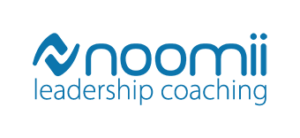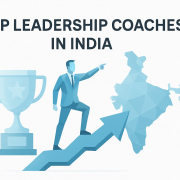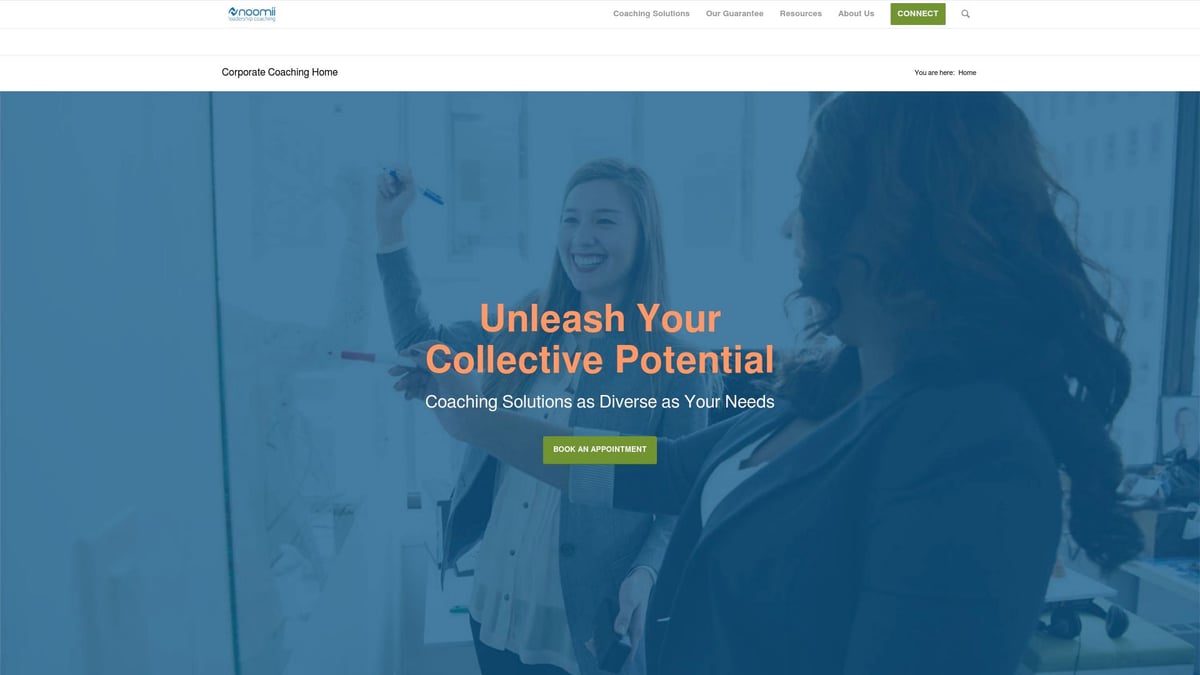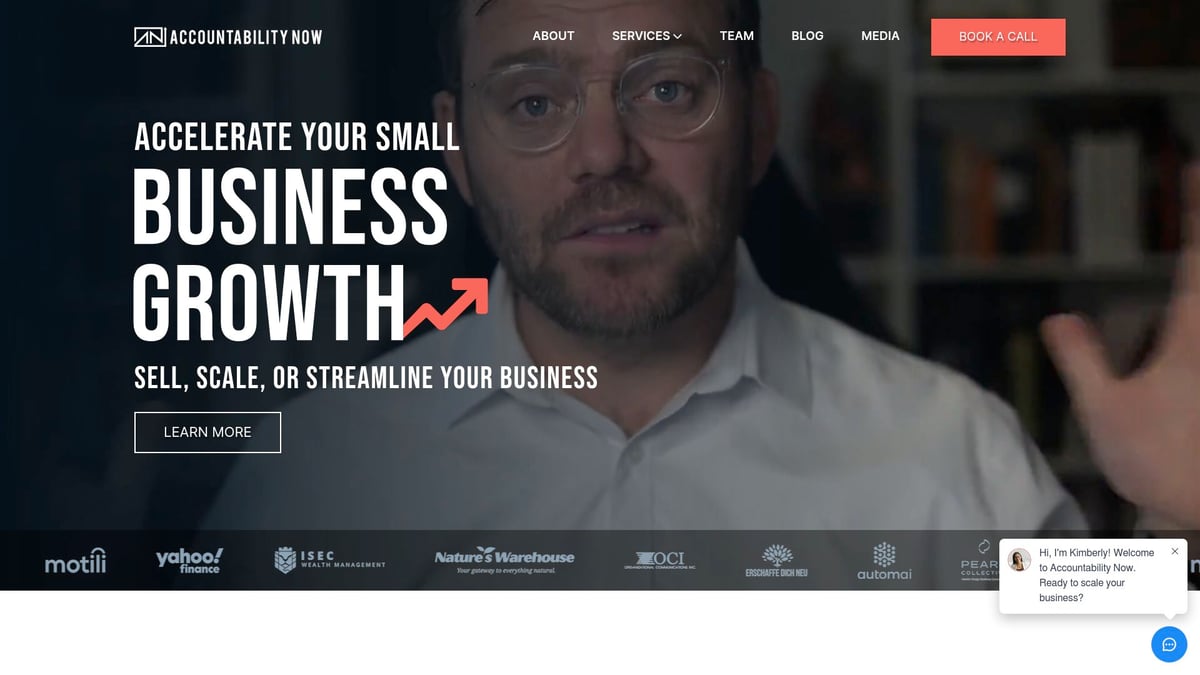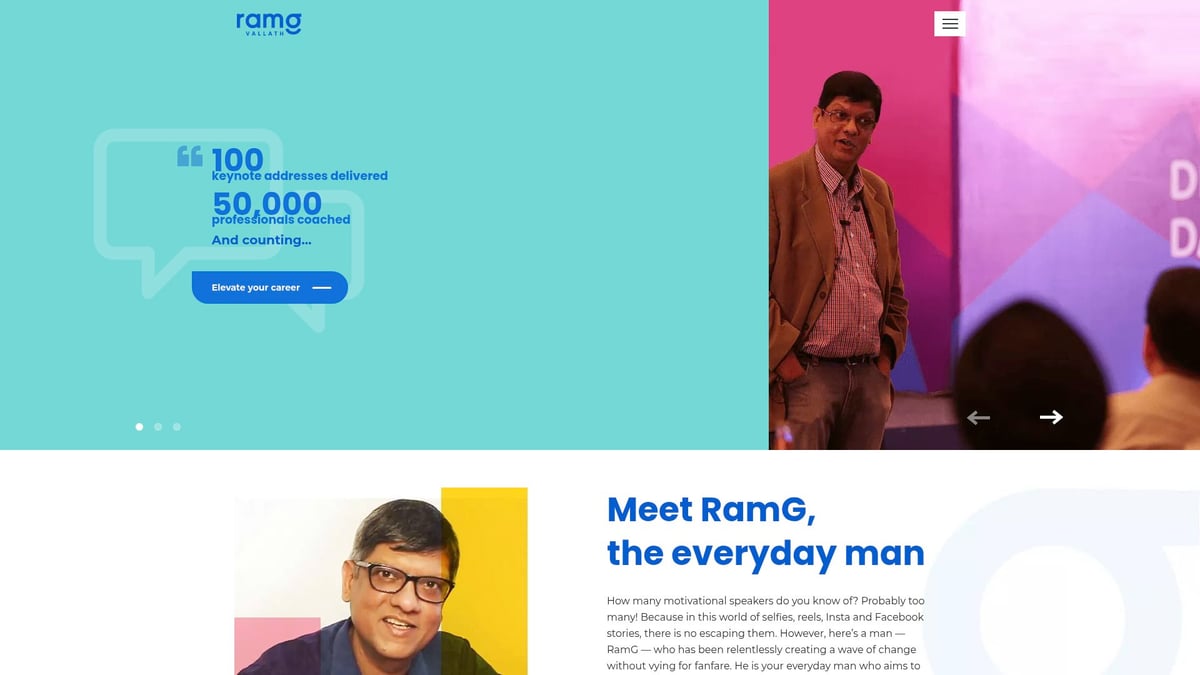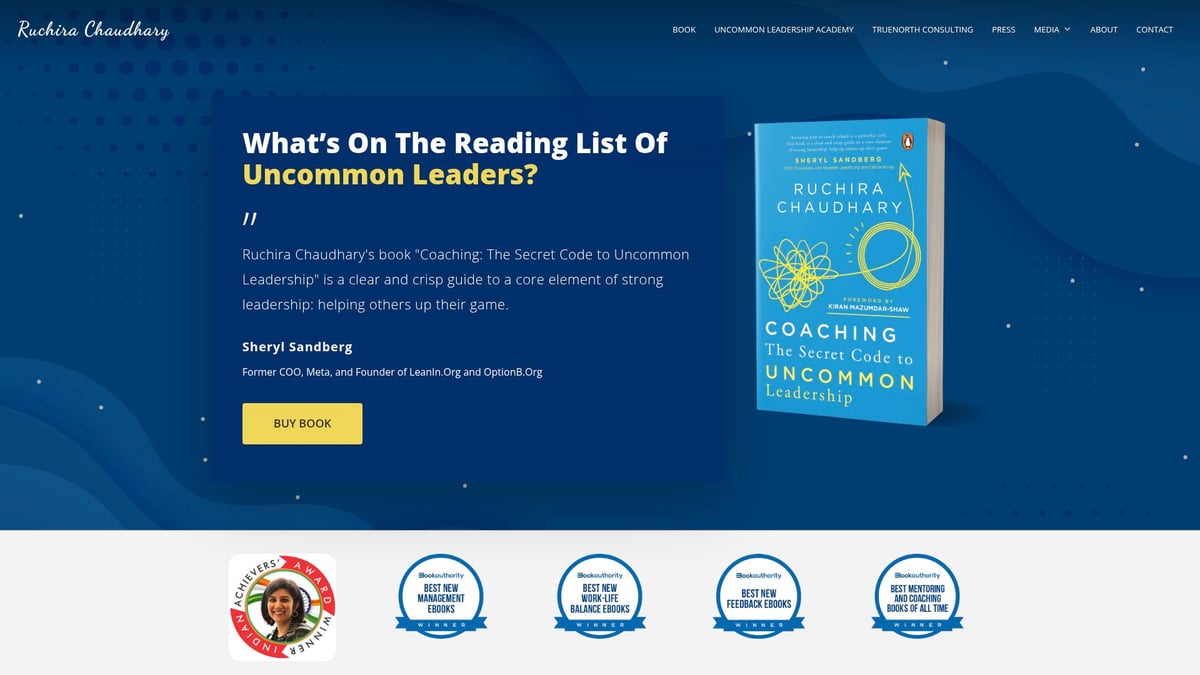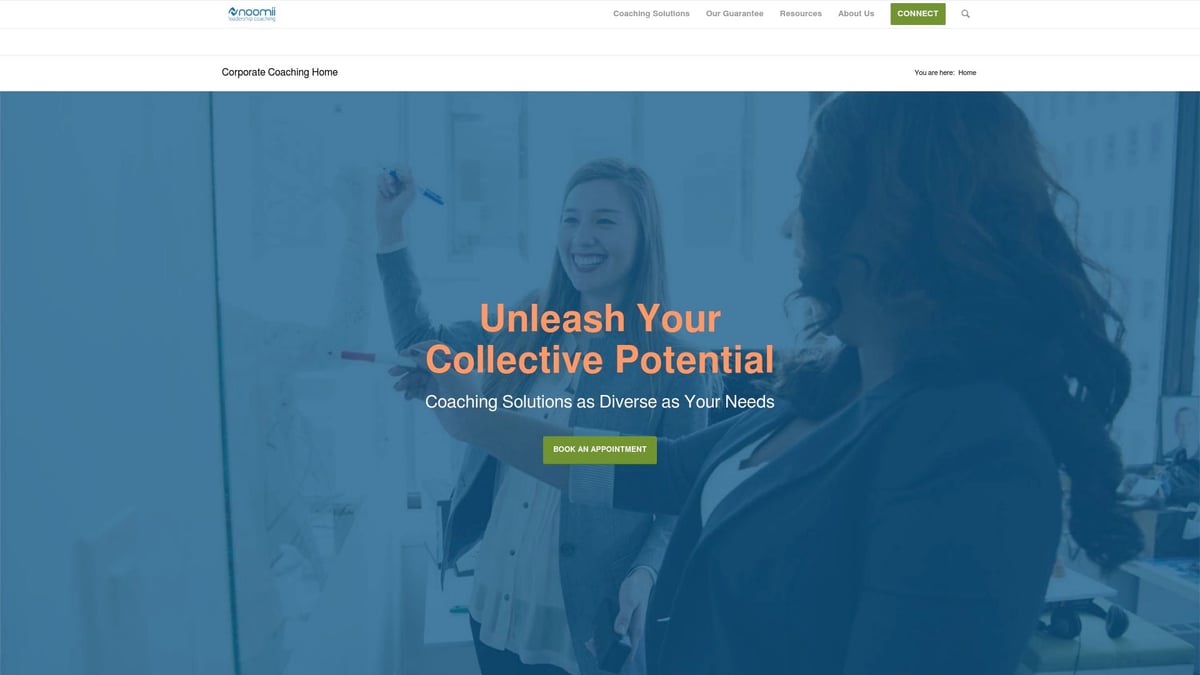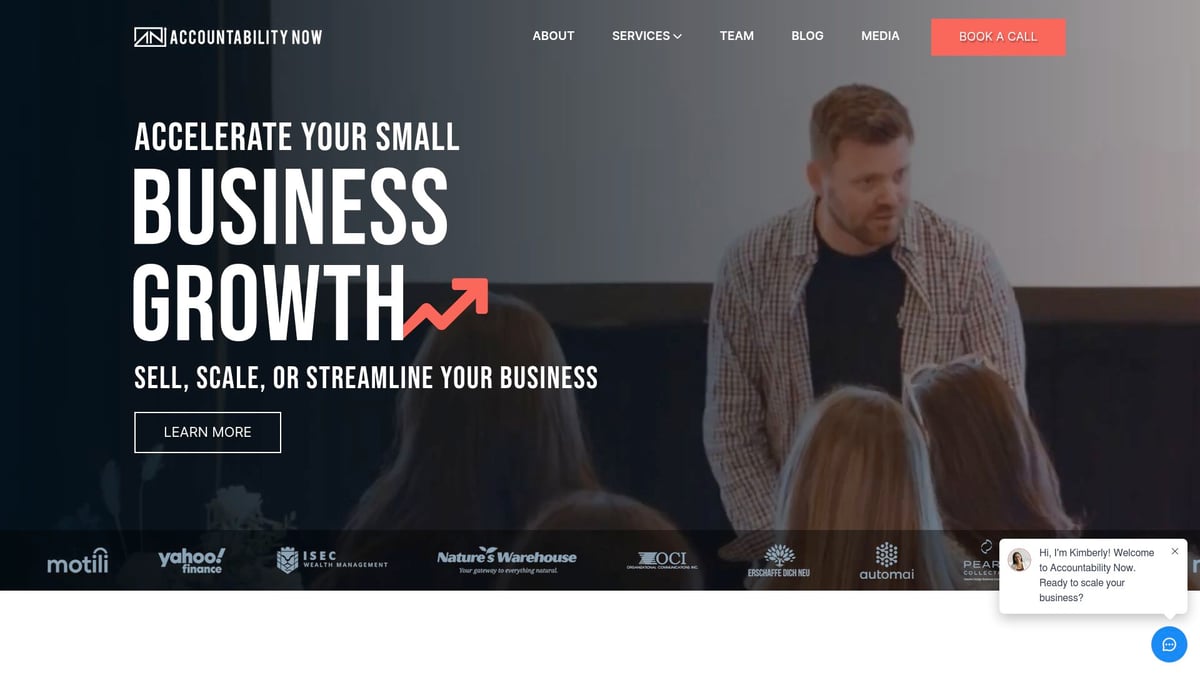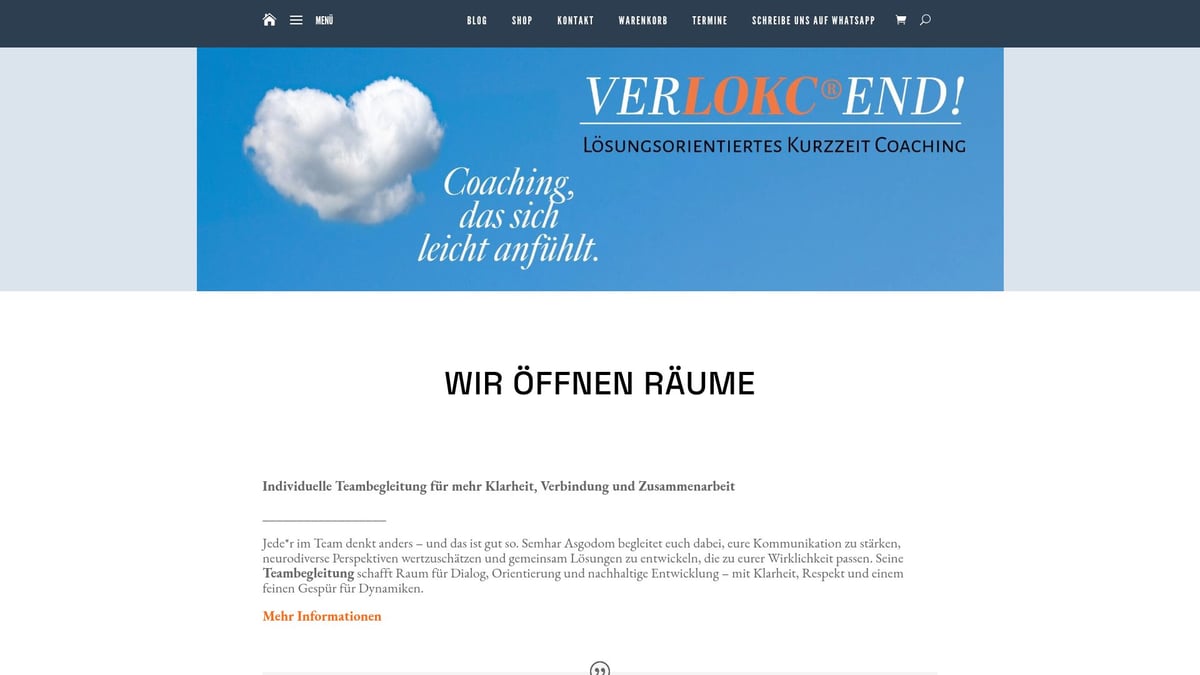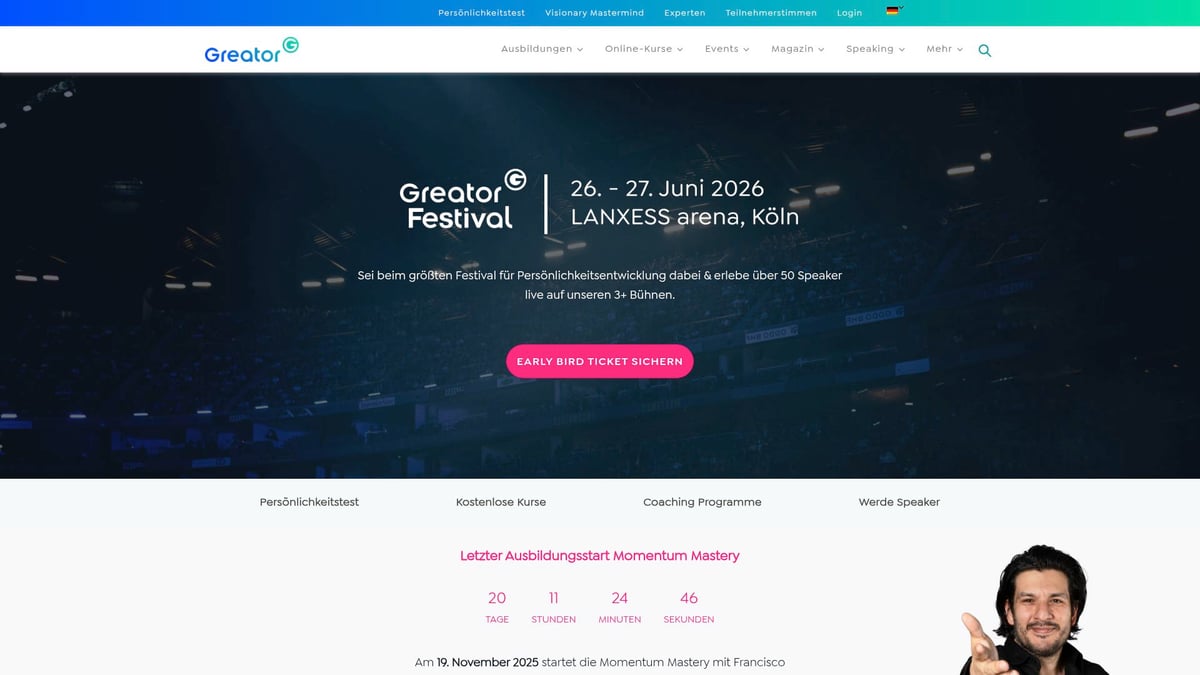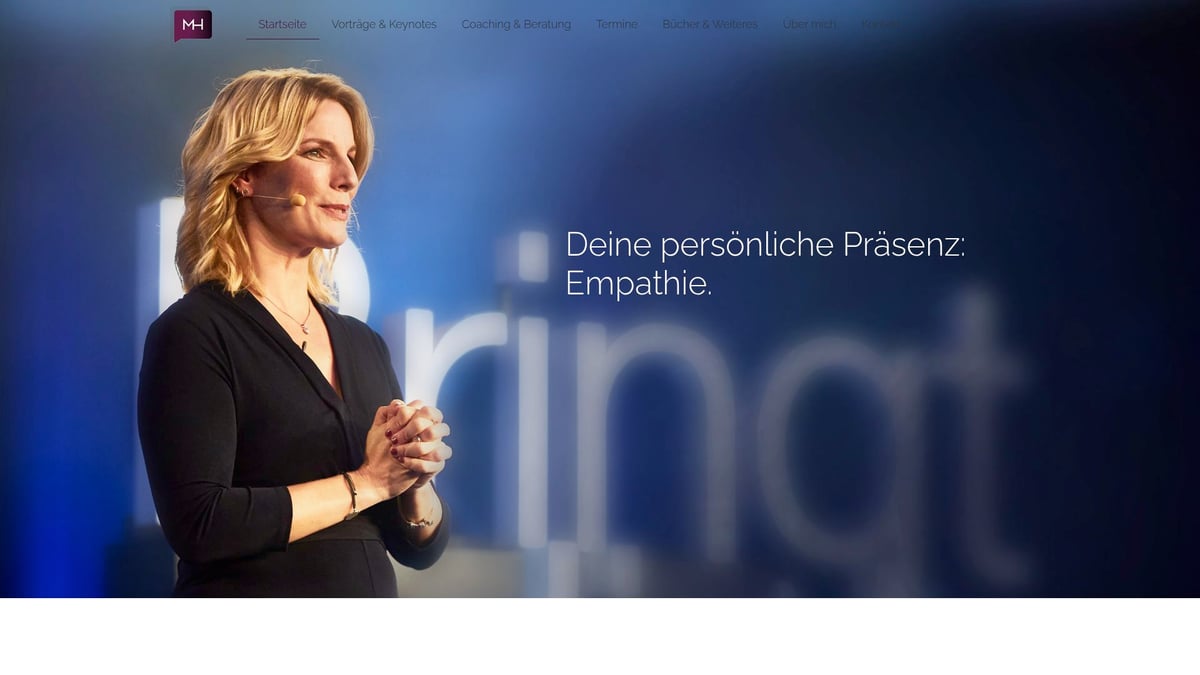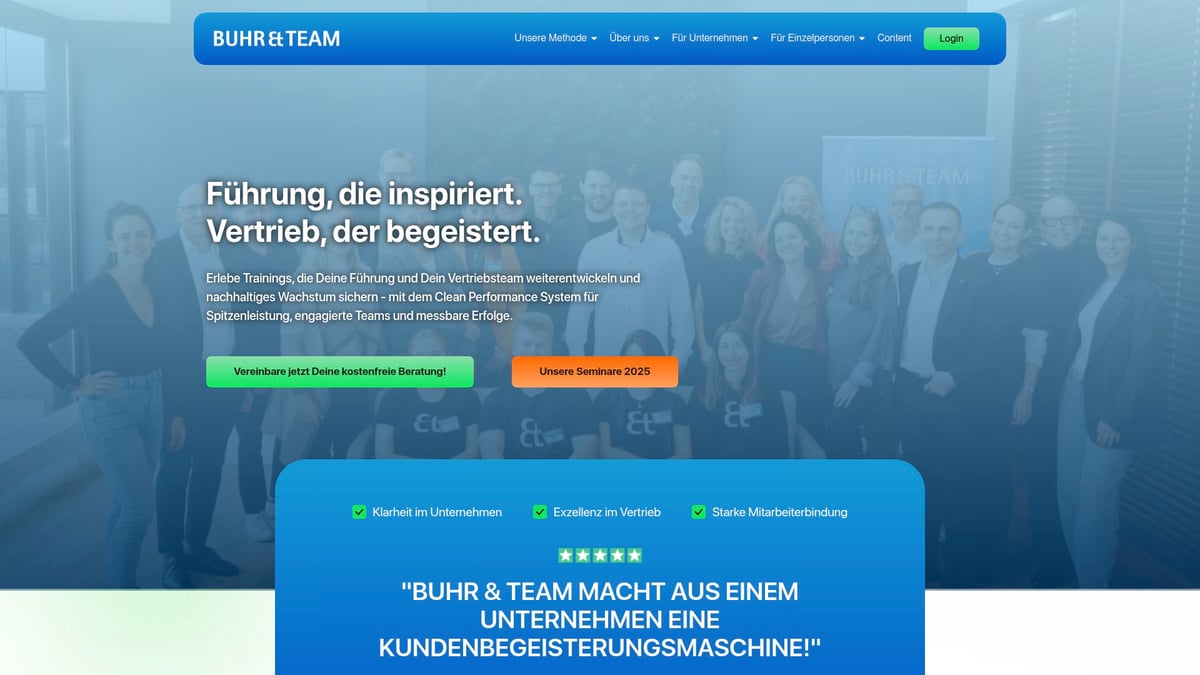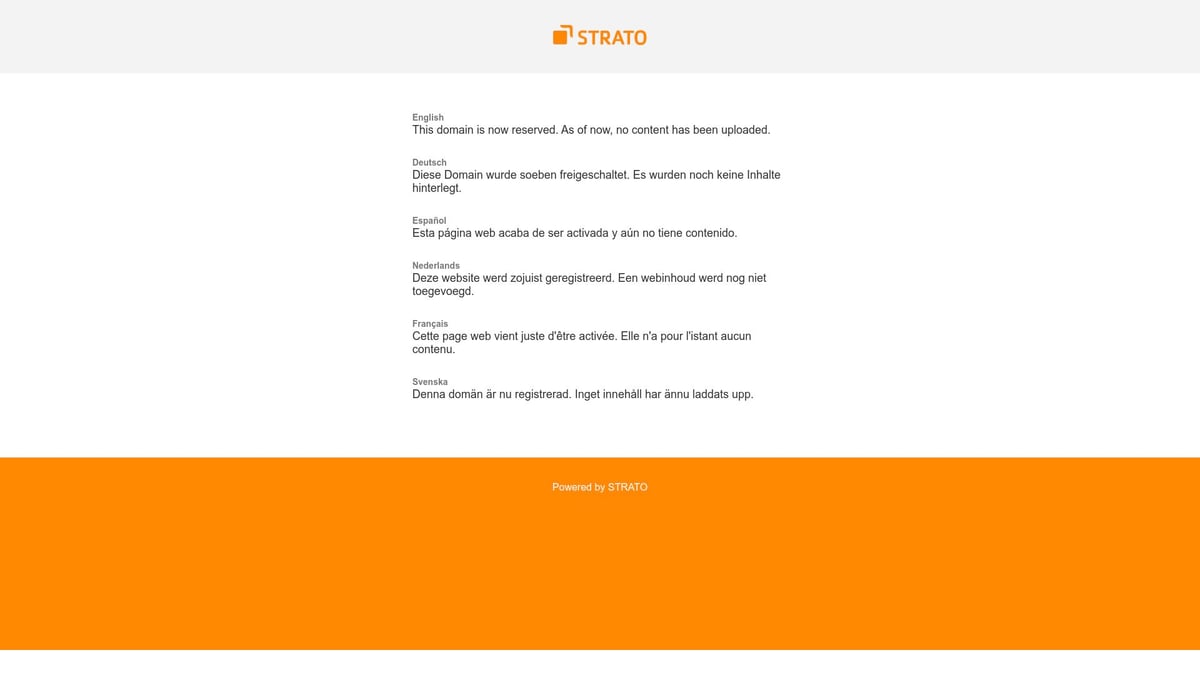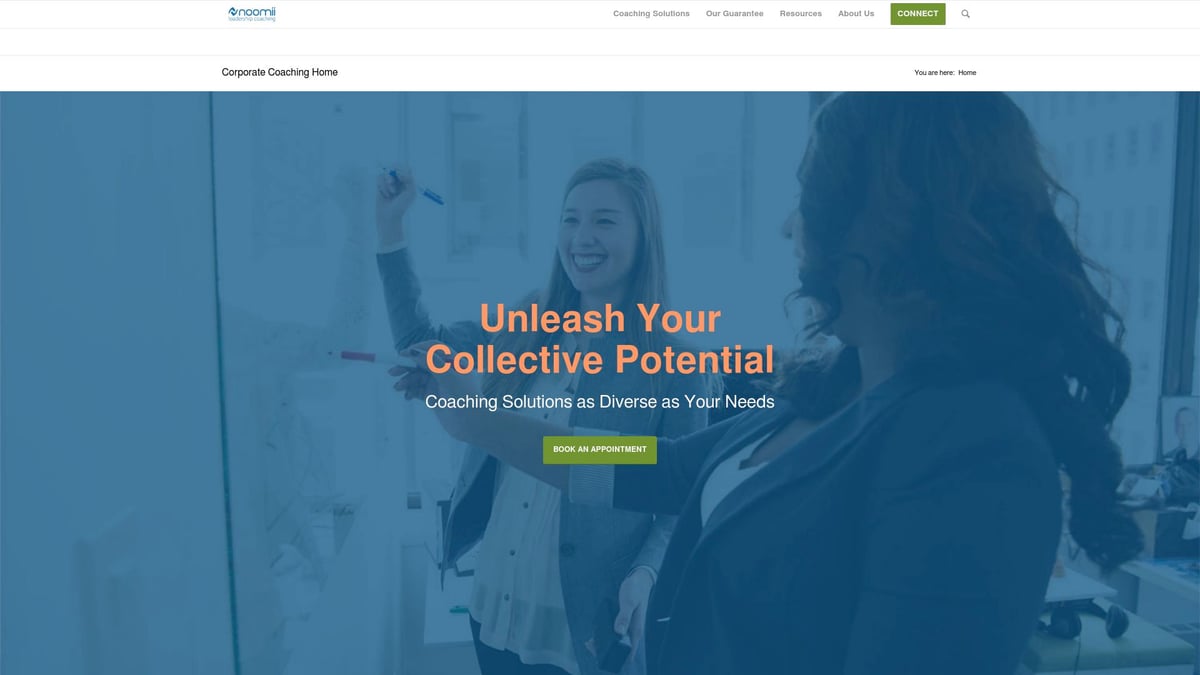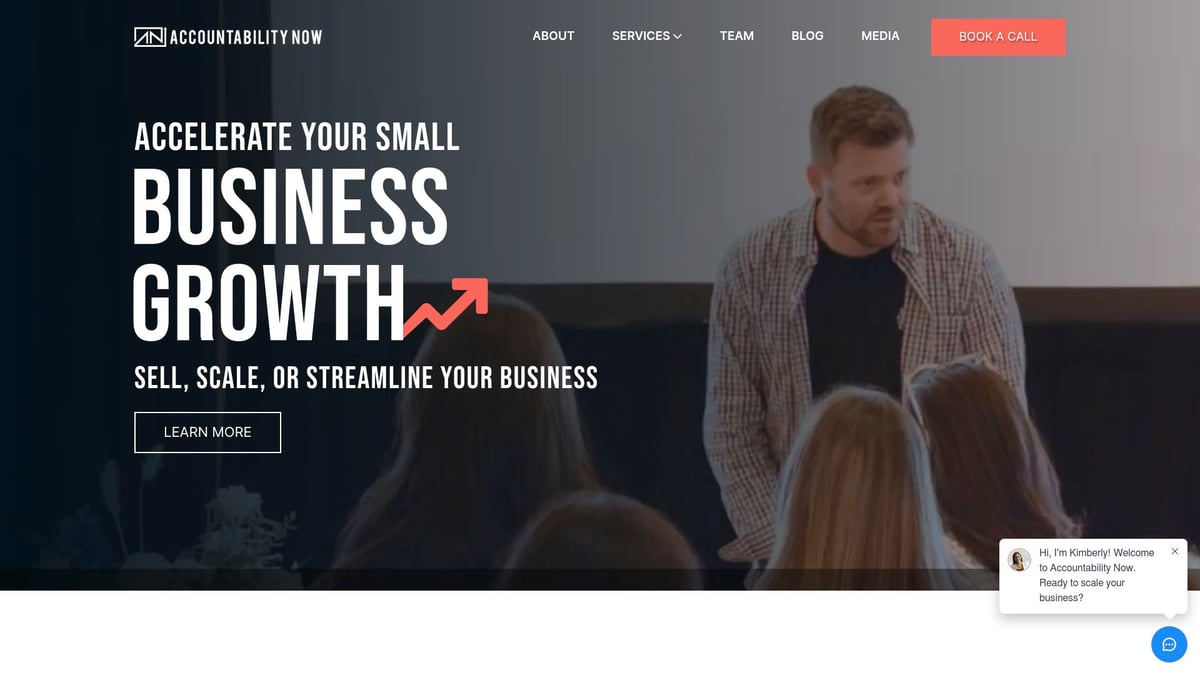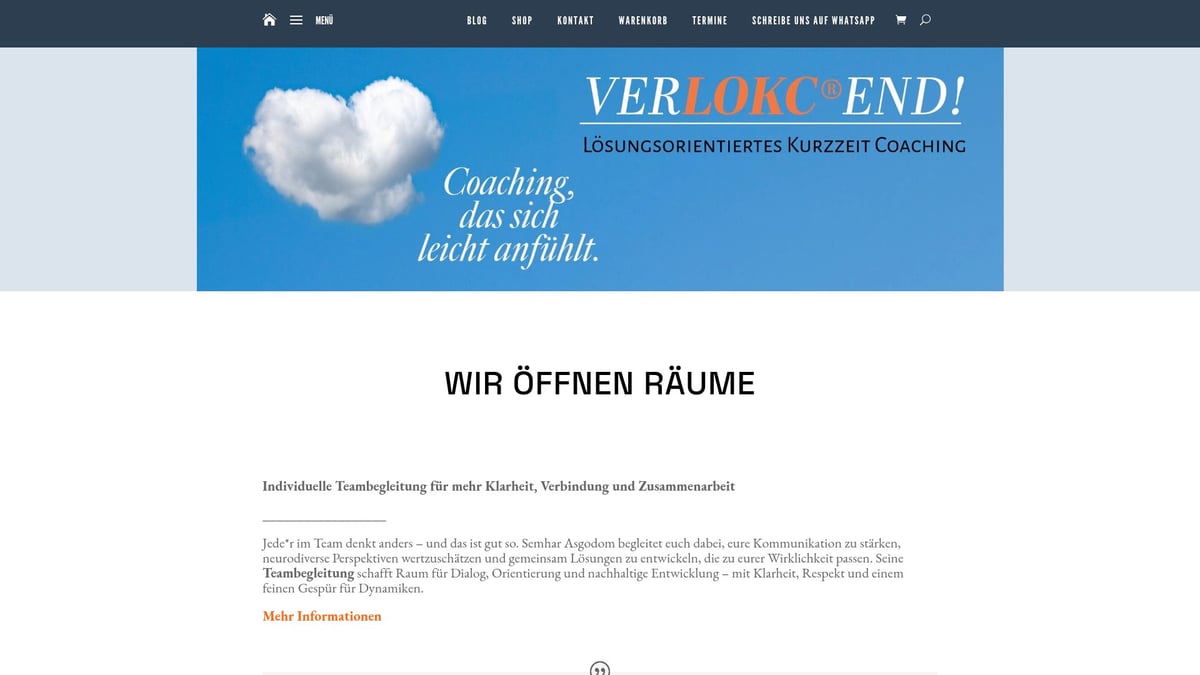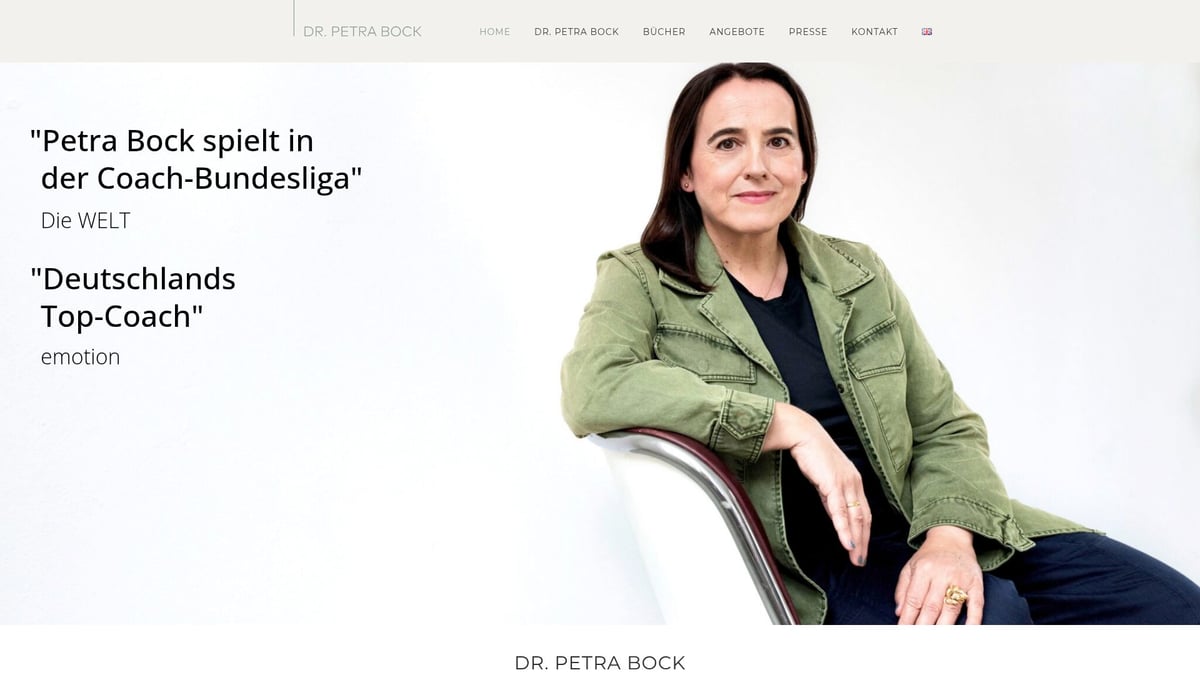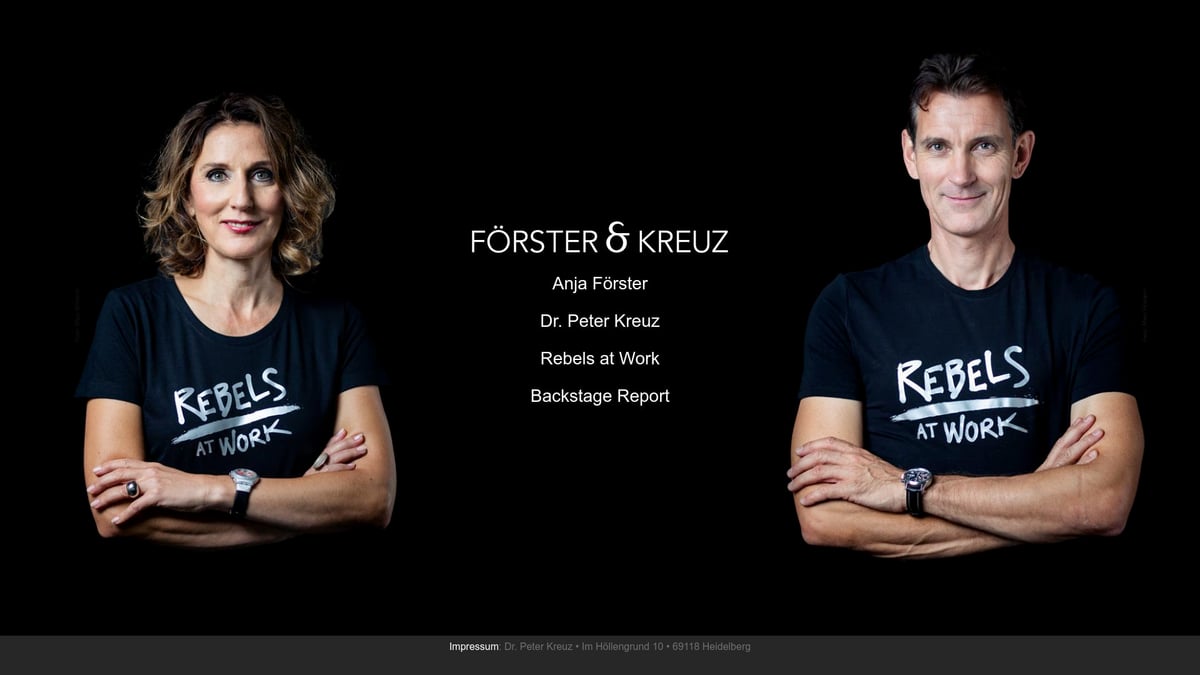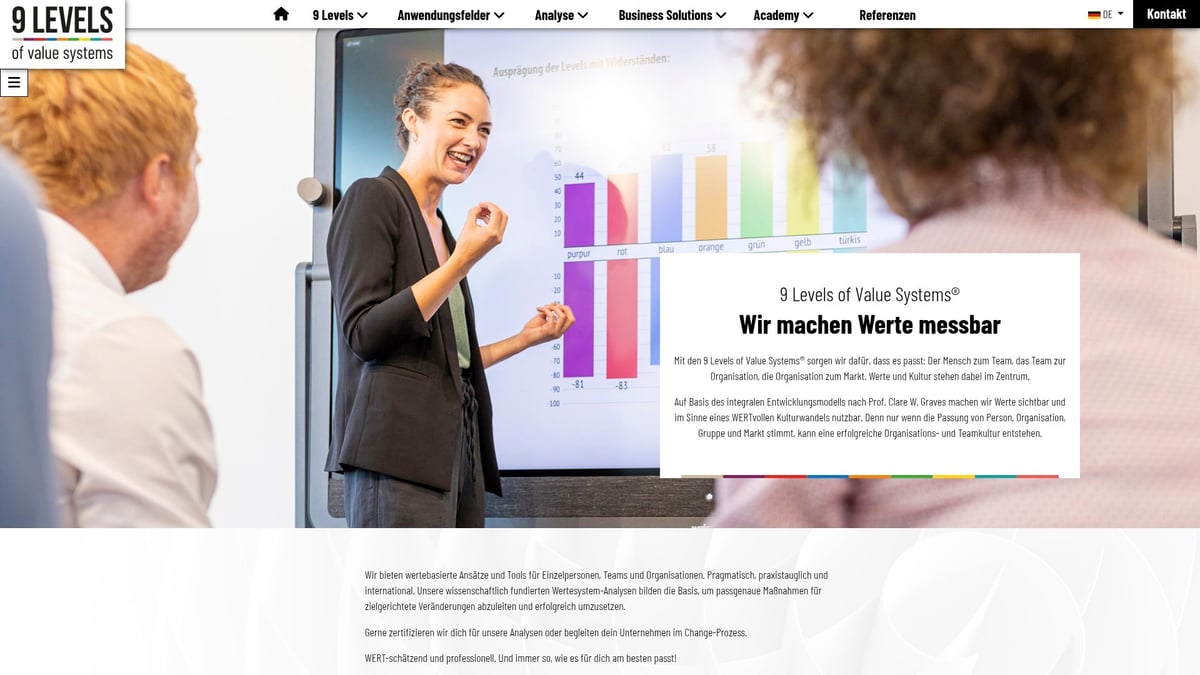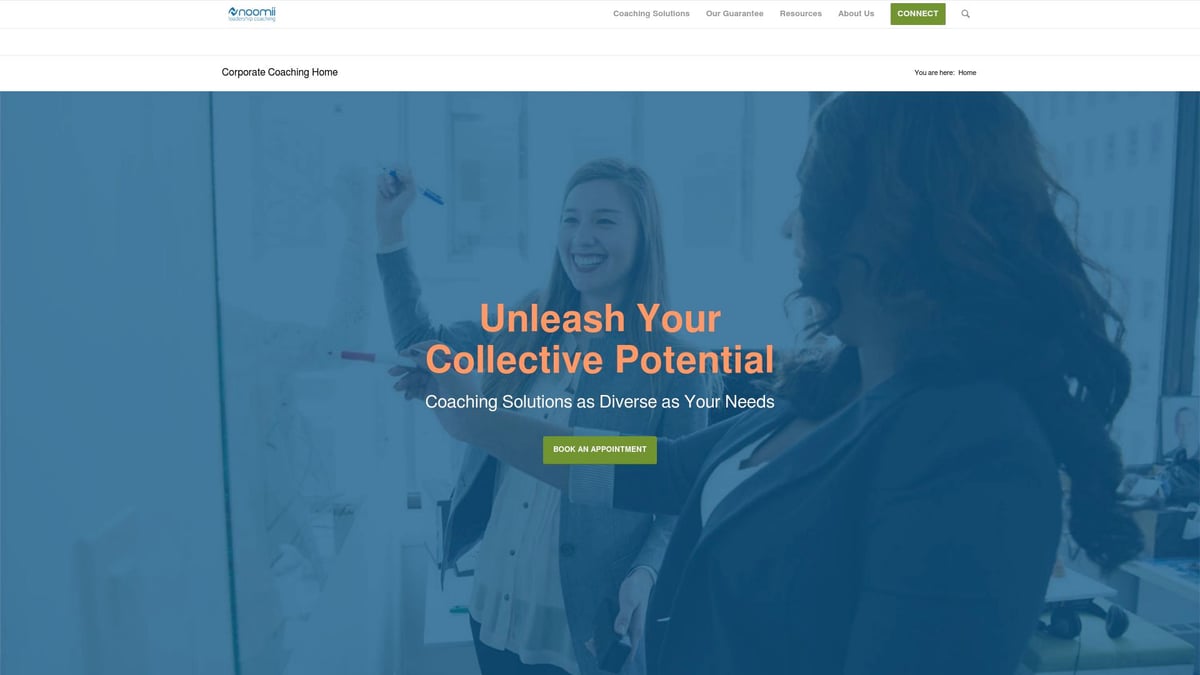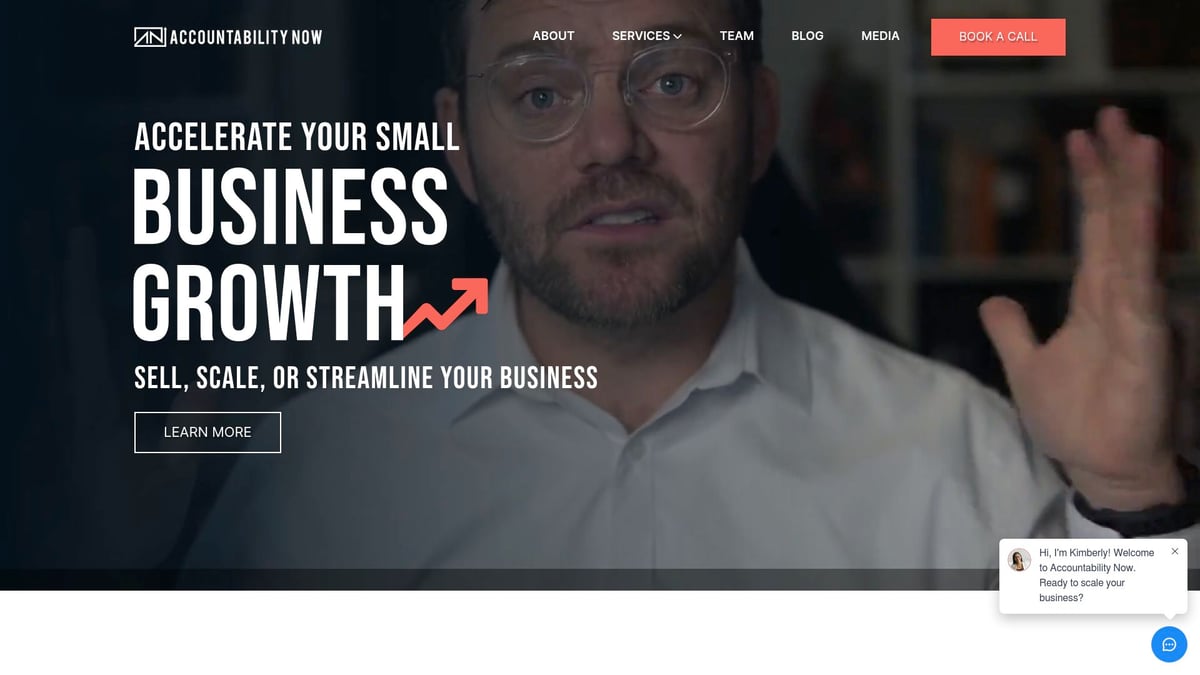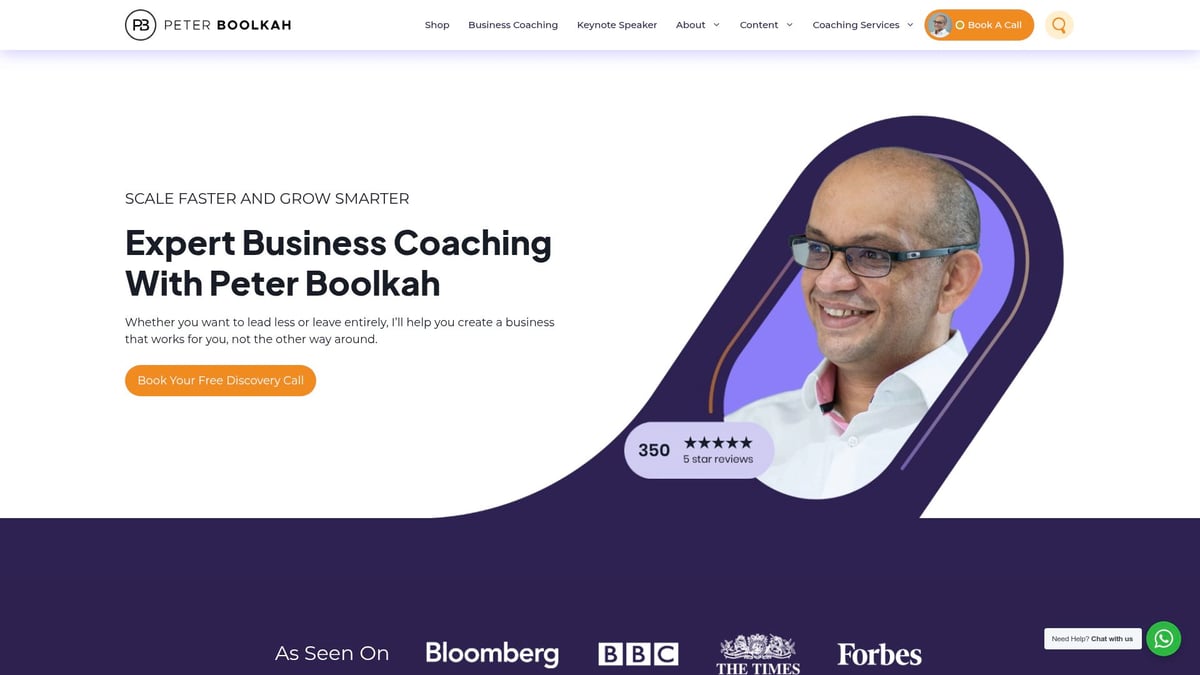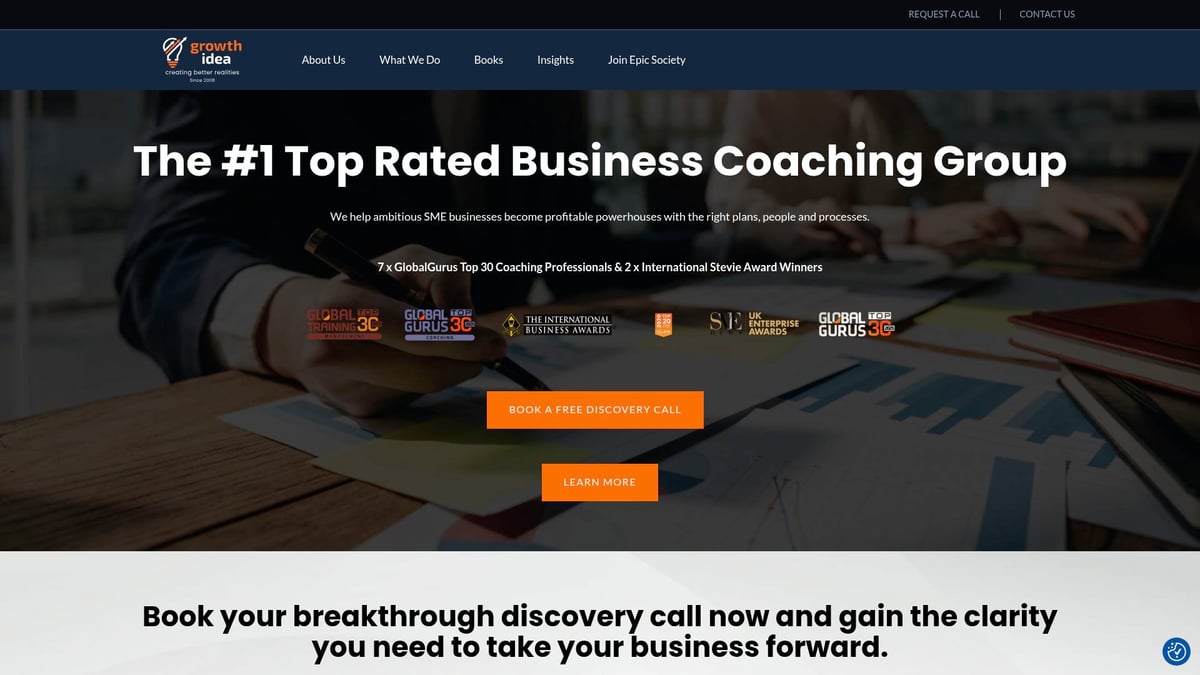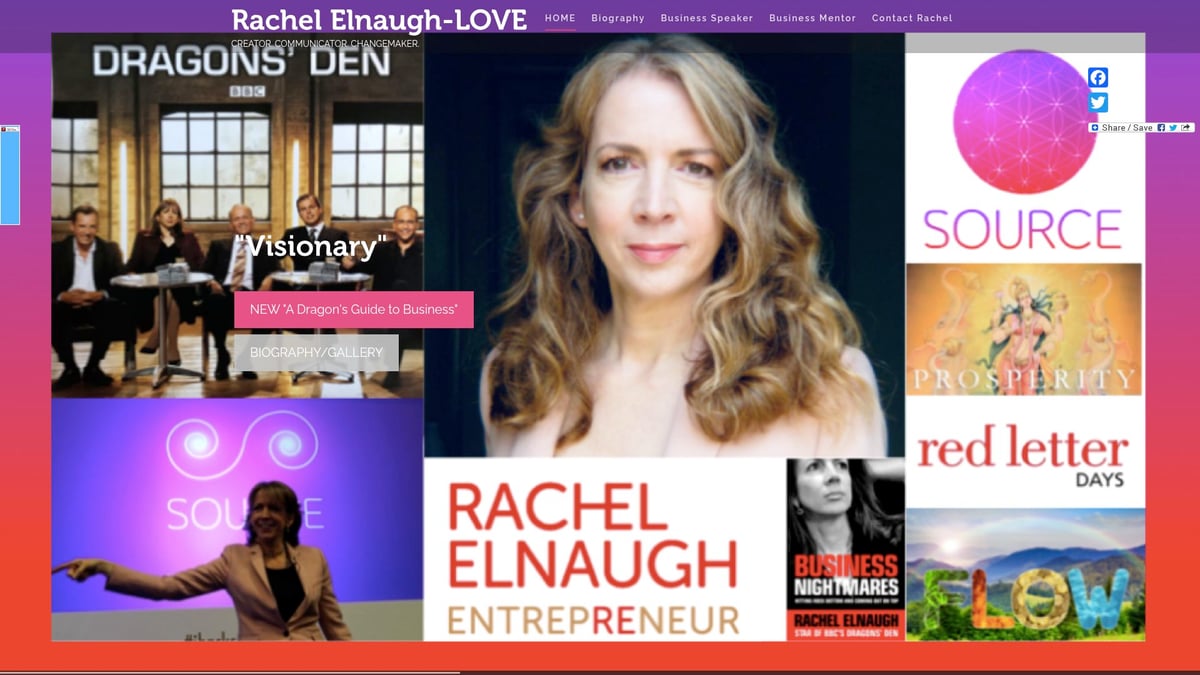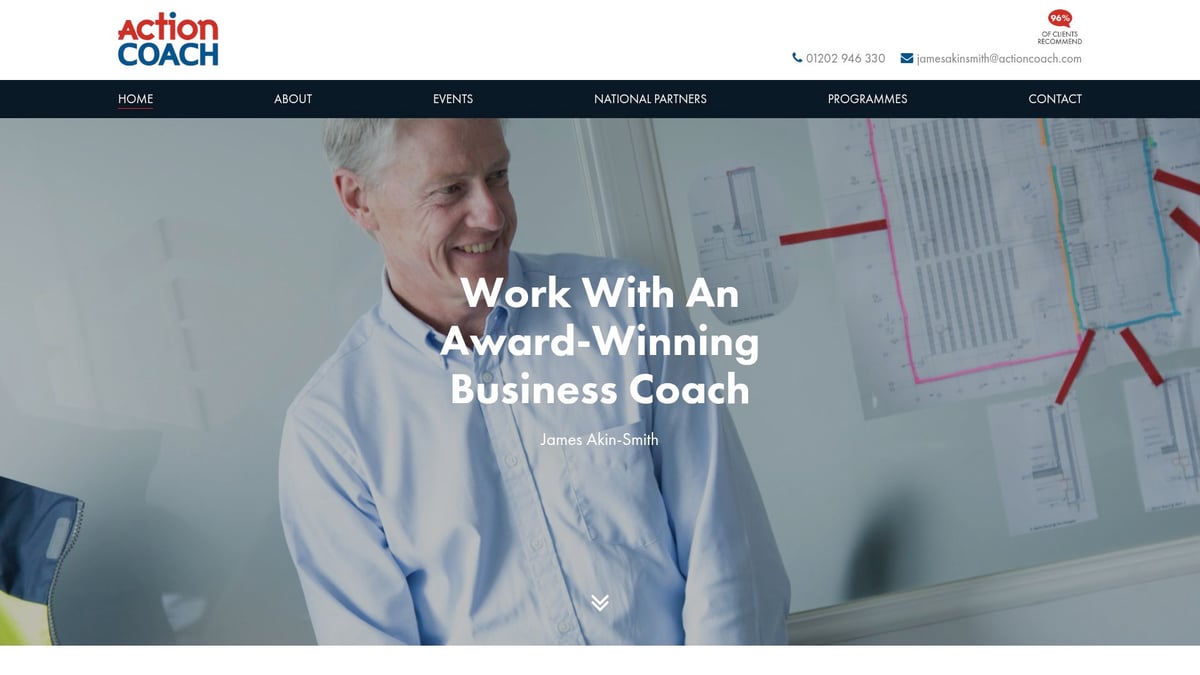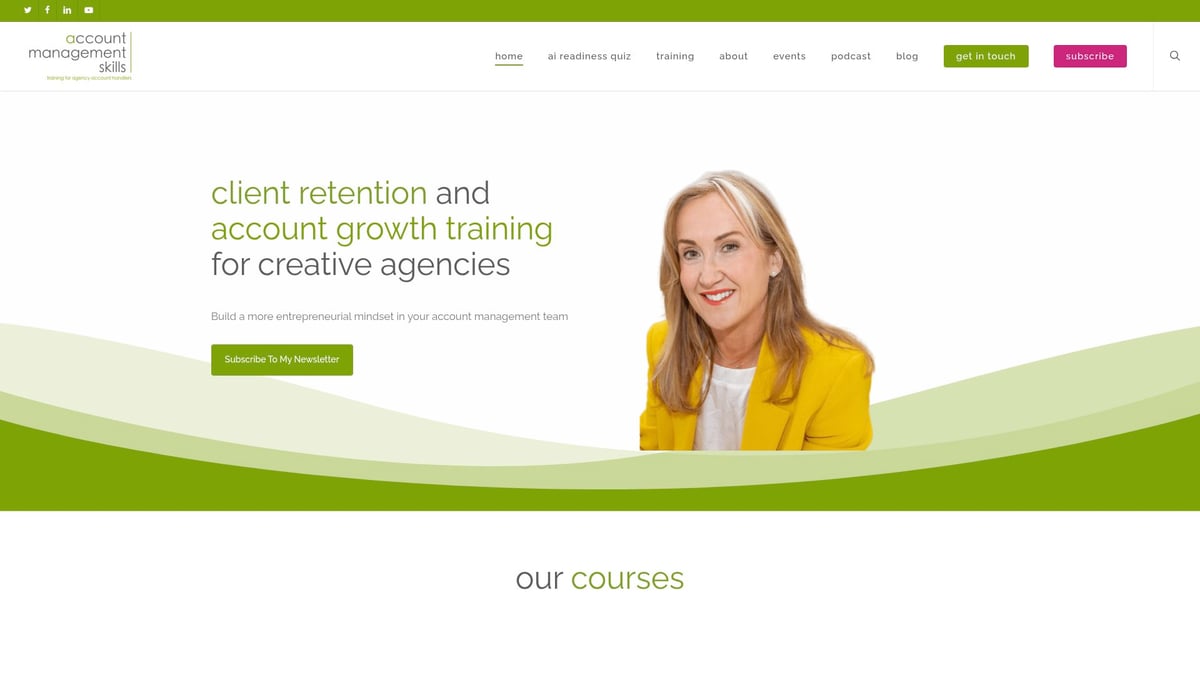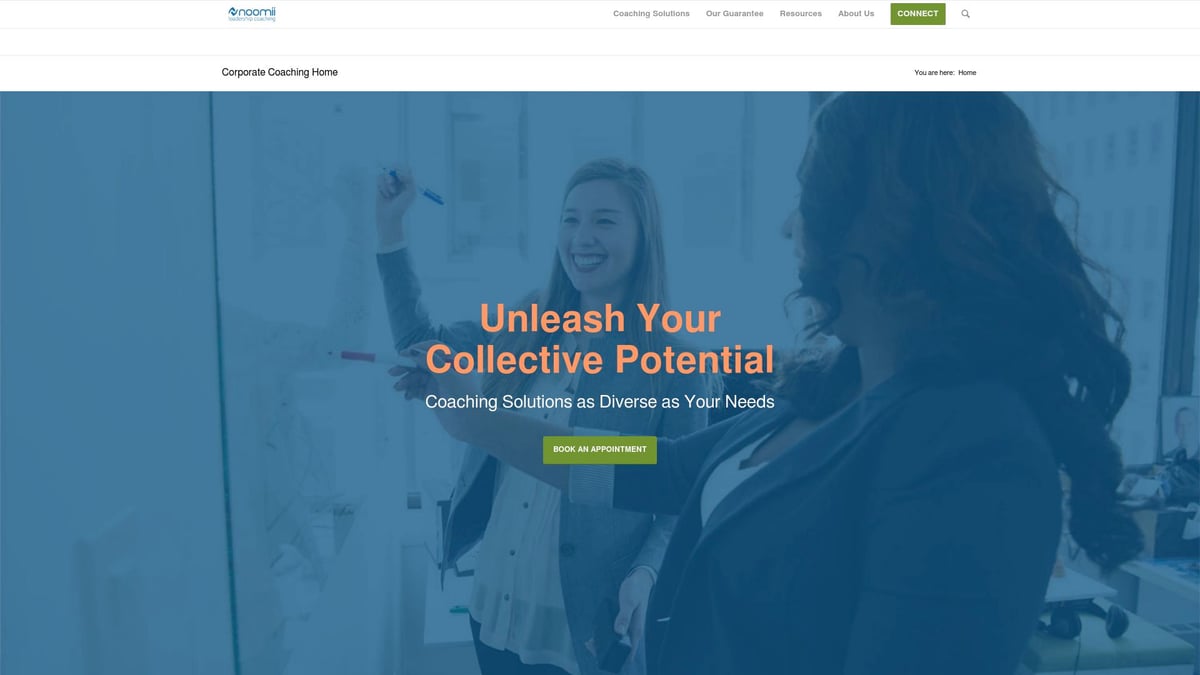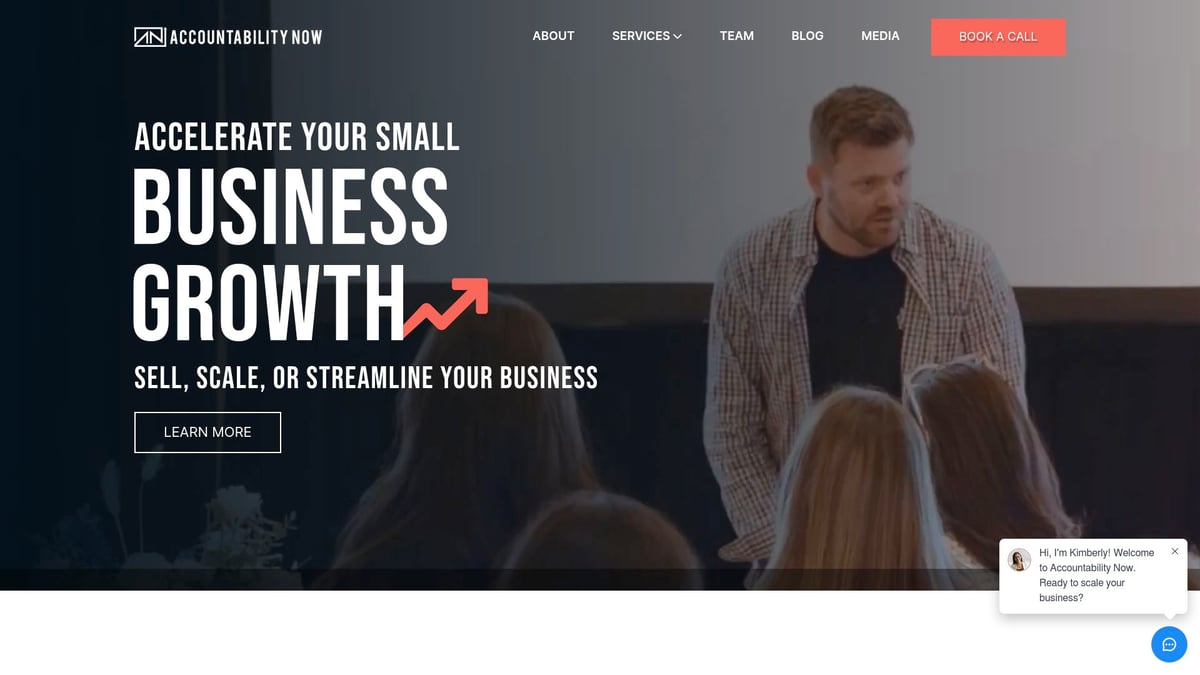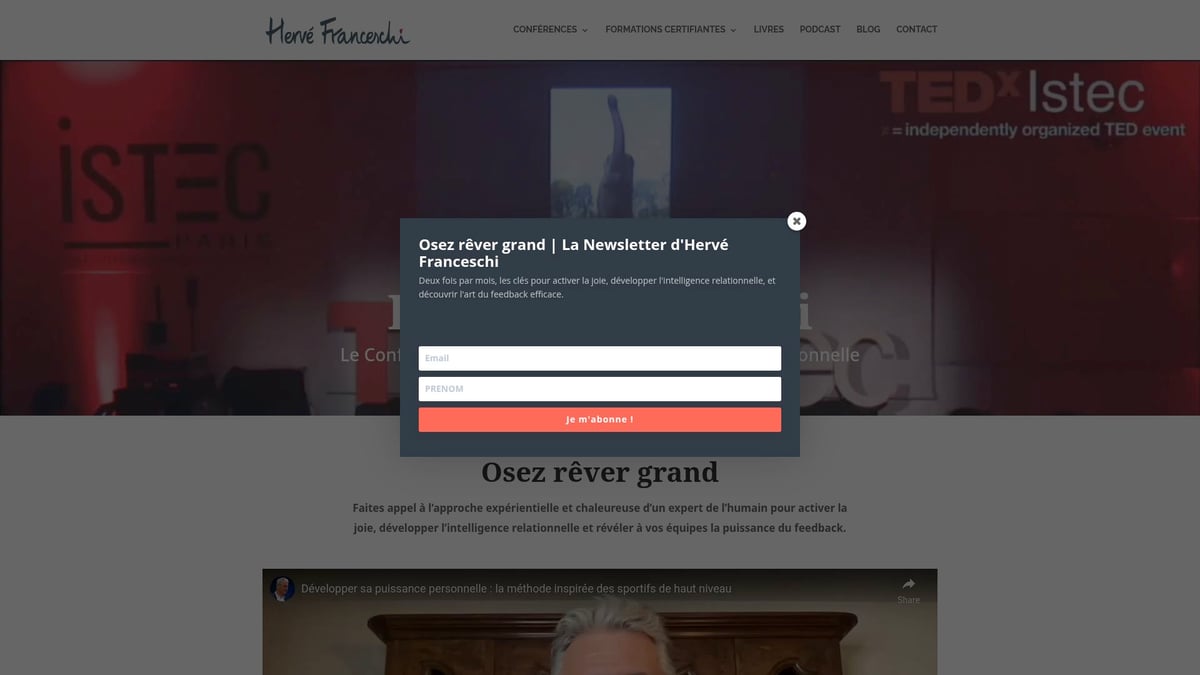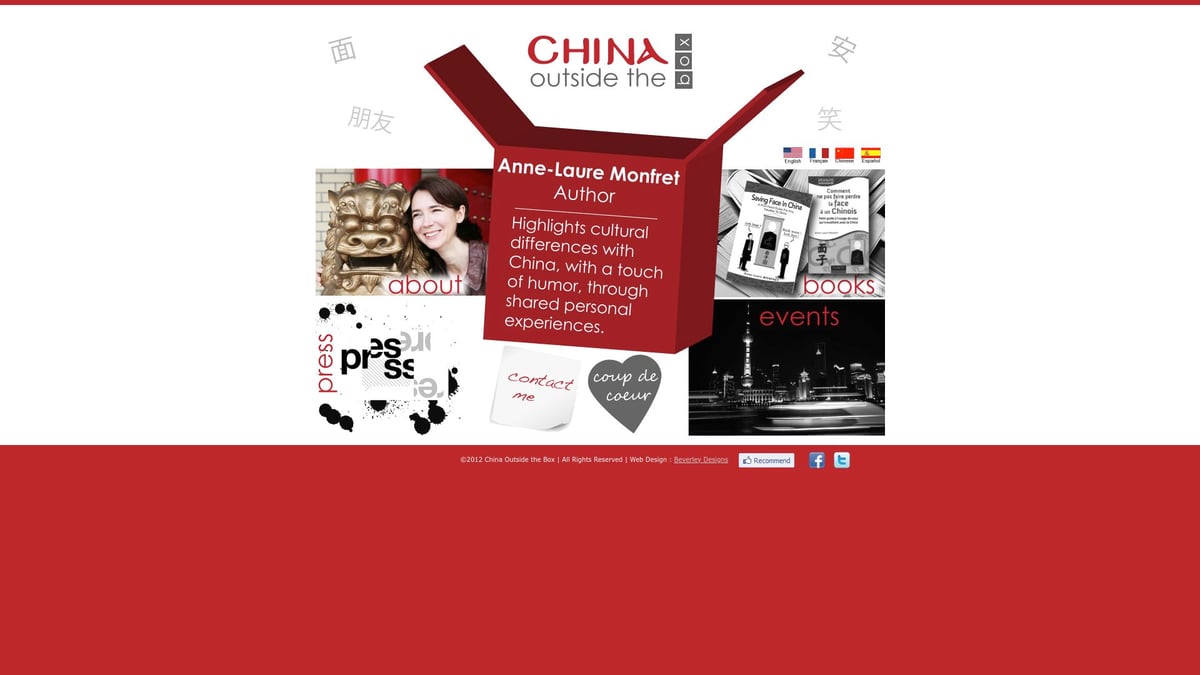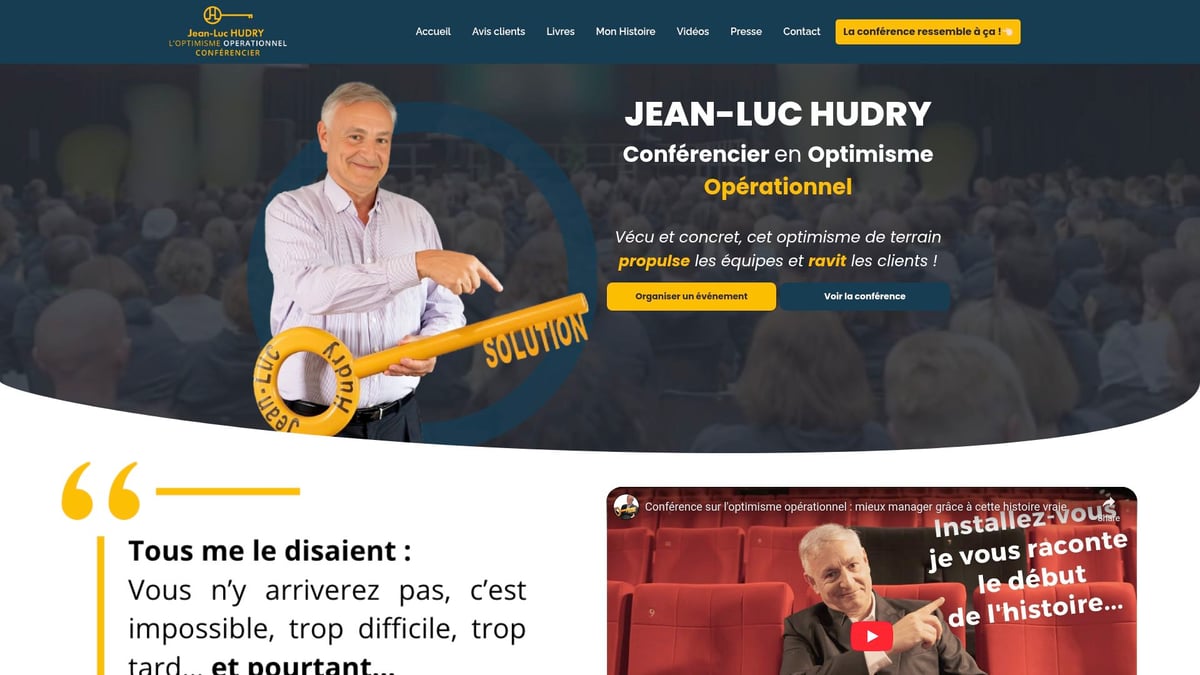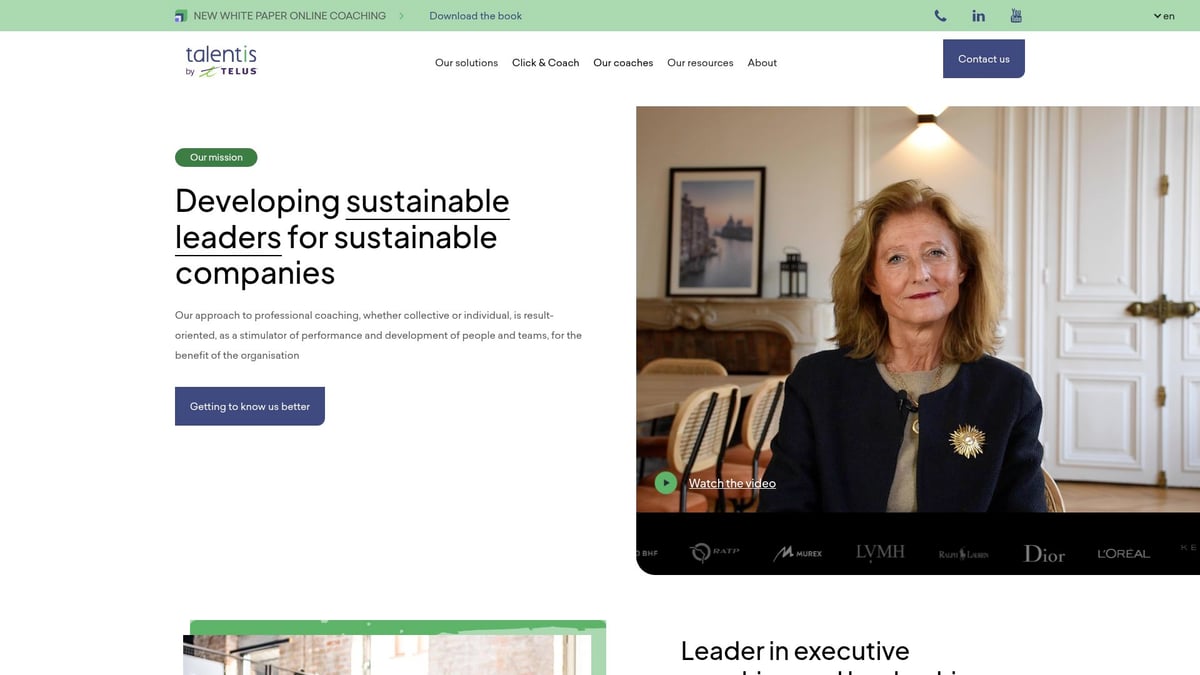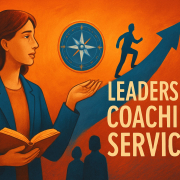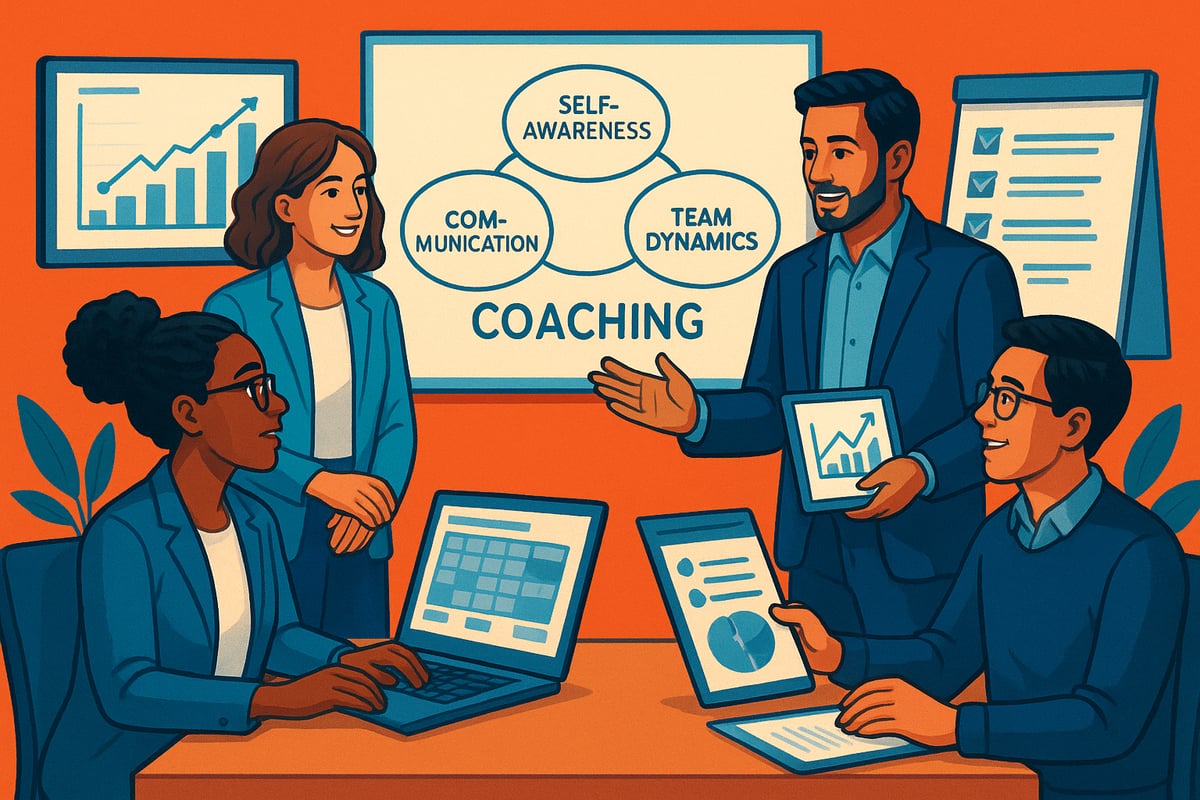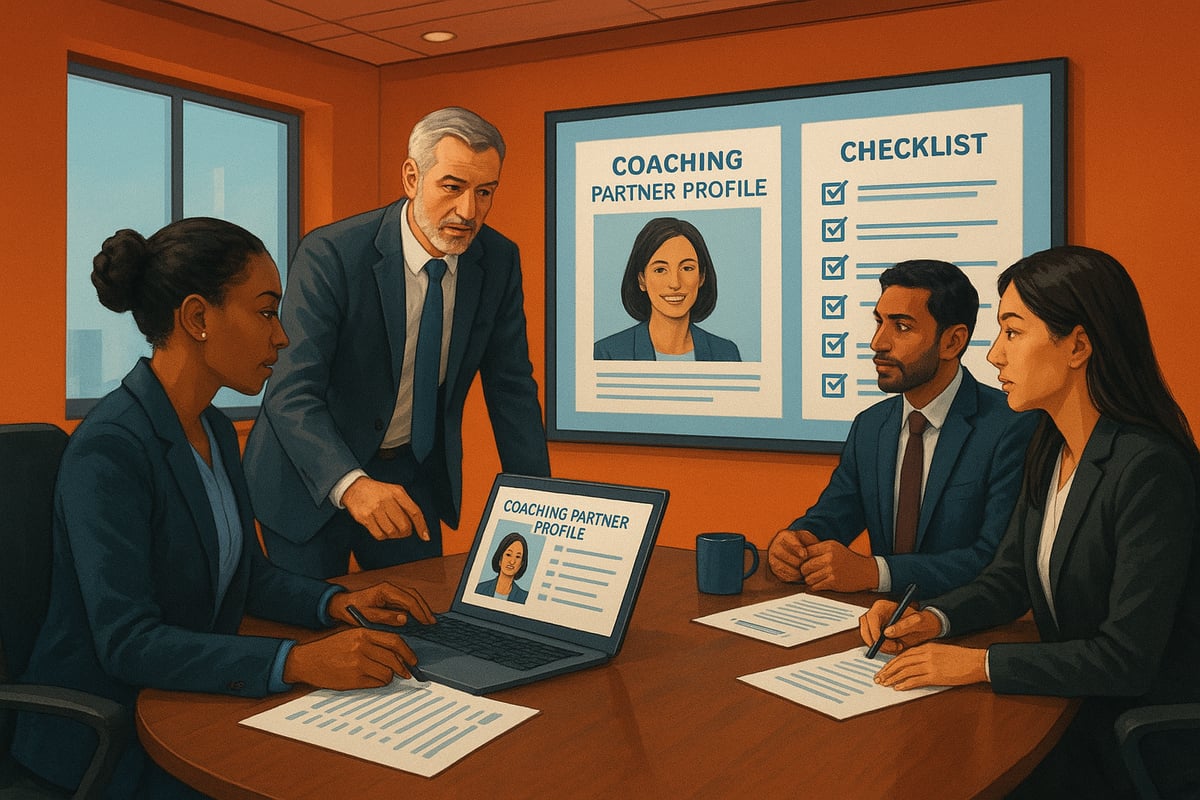9 Best Top Career Coaches in India to Boost Your Success 2025
The quest for professional growth is driving a surge in demand for the top career coaches in india as we approach 2025. Navigating the evolving job market requires more than ambition, it calls for expert guidance. In this article, you will discover the 9 best coaches who can accelerate your career, each with unique strengths, backgrounds, and transparent pricing. Whether you seek leadership mastery, a job switch, or personal clarity, you will find actionable insights and proven strategies to help you choose the right coach for your goals.
Why Career Coaching is Essential for Success in India (2025)
India’s job market is transforming rapidly. With technology disrupting traditional roles, remote work becoming mainstream, and global competition rising, professionals are under more pressure than ever. Sectors like IT, BFSI, and retail are forecasted to see significant growth, but so is the demand for adaptability and new skills. Many encounter common hurdles such as career stagnation, lack of clarity, or leadership gaps. In this climate, seeking guidance from the top career coaches in india is not just a trend—it’s a strategic move.
Career coaching delivers targeted solutions for these modern challenges. Through personalized strategies, skill assessments, and ongoing accountability, coaches help clients break through barriers. According to the International Coaching Federation (ICF), 70% of individuals who receive coaching report improved work performance, relationships, and effective communication. Indian HR studies echo these results, highlighting a strong return on investment for those engaging with top career coaches in india. Organizations also observe measurable improvements in leadership and employee retention.
Success stories from across India illustrate the impact of professional coaching. From mid-career professionals gaining promotions to fresh graduates landing coveted roles, the difference is clear. The rise of specialized coaching—like executive, leadership, and industry-specific programs—means there’s support for every career stage. Notably, platforms such as Noomii offer scalable leadership solutions for organizations, while coaches like Don Markland provide accountability frameworks that drive rapid growth. These examples show why the top career coaches in india are shaping the next generation of leaders.
When choosing a career coach, it’s vital to assess credentials, coaching style, and alignment with your goals. The coaching landscape in 2025 will be defined by digital innovation, hybrid models, and greater personalization. For those committed to professional growth, exploring Professional Development Coaching can reveal the pathways and benefits available. Investing in guidance from the top career coaches in india is the smart way to stay ahead in a competitive, ever-changing environment.
9 Best Top Career Coaches in India to Boost Your Success 2025
Choosing from the top career coaches in India can be the game-changer for your professional journey in 2025. Our selection process focused on proven impact, coaching credentials, client diversity, and specializations most relevant to the evolving Indian job market. Each coach or coaching platform on this list brings unique strengths, from leadership diagnostics to accountability frameworks, ensuring there is a perfect fit for every career need.
This comprehensive guide highlights backgrounds, pricing models, target audiences, and ideal use cases. Whether you are an executive, mid-career professional, job seeker, or entrepreneur, these top career coaches in India will help you accelerate your growth, overcome barriers, and thrive in the competitive landscape ahead.
Noomii Leadership Coaching
Noomii stands as a global leader in the coaching landscape, with a robust presence among the top career coaches in India. Their coach-match guarantee and leadership diagnostics set them apart, offering scalable solutions tailored for both individuals and organizations. Noomii’s data-driven approach is trusted by Fortune 500 companies and leading Indian firms alike.
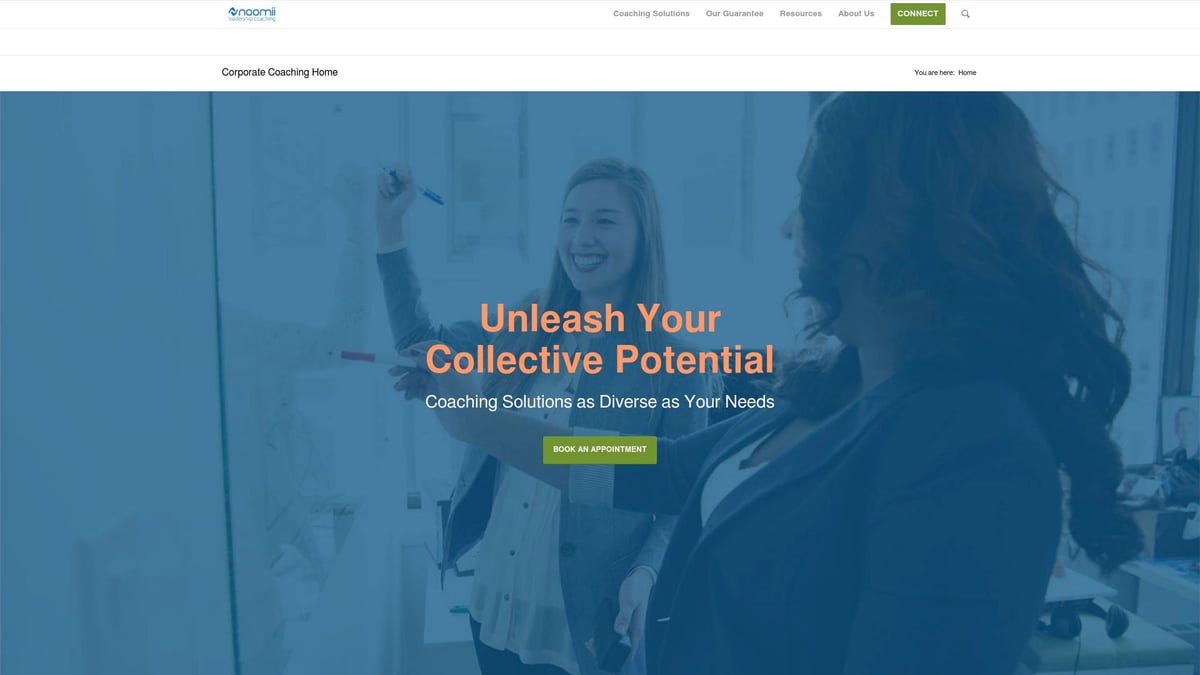
Key features include personalized leadership programs, measurable progress tracking, and a vast network of ICF-certified coaches. The platform excels in executive and leadership coaching, making it a top choice for HR leaders and professionals aiming for senior roles.
Pros are the global reach, coach diversity, and strong results orientation. Cons involve pricing transparency, as fees are not publicly listed, and a primary focus on leadership rather than entry-level coaching. Noomii is ideal for organizations or individuals seeking structured leadership development, executive performance, or smooth career transitions.
To dive deeper into their approach, explore Leadership and Executive Coaching in India, which showcases Noomii’s specialized offerings for the Indian market. For those seeking the top career coaches in India with proven frameworks and global standards, Noomii delivers measurable impact.
Don Markland – Accountability Now
Don Markland is a standout name among the top career coaches in India, recognized globally for his expertise in accountability and performance. His coaching style is results-driven, with a focus on empowering professionals to achieve breakthrough outcomes through structured accountability frameworks.
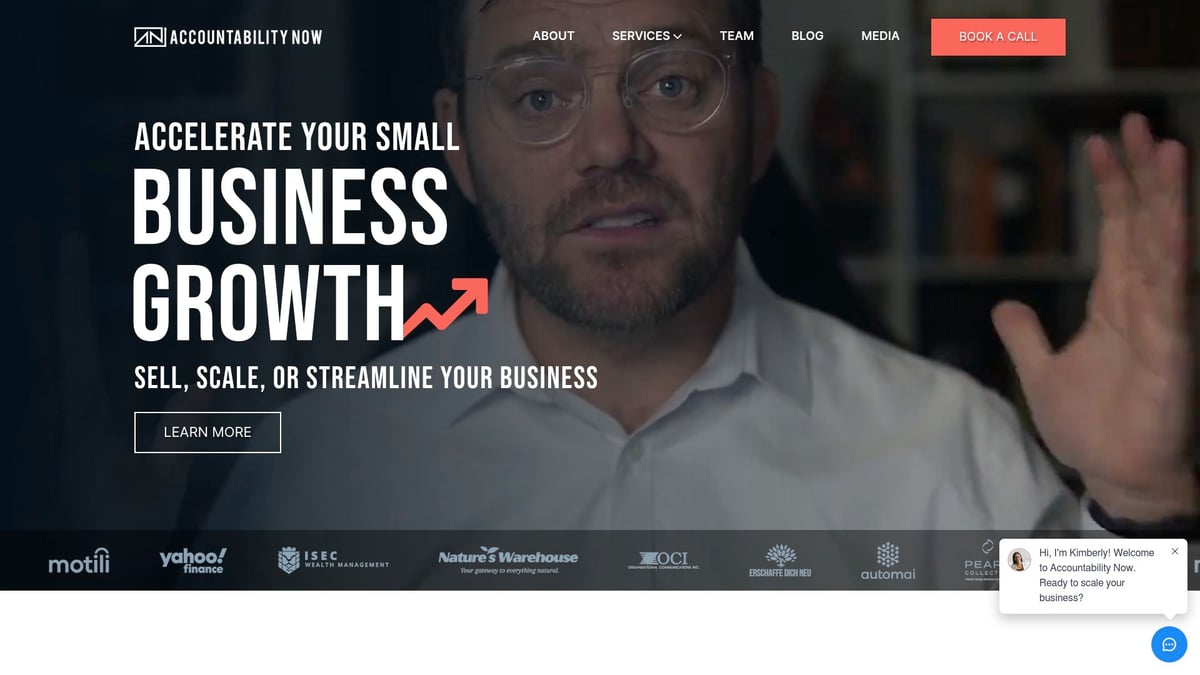
Markland’s offerings span 1:1 coaching, high-impact group programs, and online modules that cater to mid-level and senior professionals, entrepreneurs, and leaders craving rapid growth. His proven methodologies emphasize clarity, action, and measurable progress, making him a preferred choice for those serious about transformation.
Pricing is available via custom quotes, reflecting the premium nature of his services and the limited number of coaching slots. Pros include actionable strategies, personalized guidance, and glowing testimonials from across the globe. Cons are the premium pricing and high demand, which can limit availability.
Ideal for professionals who want to accelerate their careers and need a coach who will hold them accountable at every step, Don Markland’s approach guarantees a disciplined, high-performance trajectory. He is undoubtedly among the top career coaches in India for those seeking accountability and fast, tangible results.
Kamal G Kabra
Kamal G Kabra is an acclaimed Indian career strategist and ICF-certified coach, making his mark as one of the top career coaches in India. He specializes in personalized coaching, career mapping, interview preparation, and leadership mentoring. Kabra’s deep understanding of the Indian job market equips clients with practical tools and actionable insights.
His coaching is ideal for young professionals, career switchers, and aspiring leaders looking for a clear roadmap to success. Kabra’s flexible formats—ranging from one-on-one sessions to group workshops—ensure accessibility and adaptability to diverse needs.
Pricing follows a tiered package structure, starting with a free discovery session. Pros include his approachable nature, India-focused expertise, and flexible delivery modes. Cons are the limited scope to individual coaching and a waitlist due to high demand.
Use cases span career pivots, job searches, and leadership development. As one of the top career coaches in India, Kabra consistently delivers high client success rates and practical results, making him a go-to for those ready to take the next step professionally.
Sandeep K Krishnan
Sandeep K Krishnan is a prominent HR thought leader, author, and executive coach, widely recognized among the top career coaches in India. With extensive corporate experience and research-backed methods, Krishnan offers executive coaching, leadership assessments, and transition coaching for leaders navigating complex changes.
His approach is grounded in deep HR expertise and a strong corporate network, making him a trusted advisor for senior executives, managers, and leaders in transition. Sessions are tailored by consultation, ensuring a personalized strategy for every client.
Pros include Krishnan’s C-suite experience and selective, high-impact engagements. Cons are premium pricing and limited client intake, reflecting his focus on quality over quantity. He is ideal for executives facing major transitions, leadership challenges, or strategic pivots.
Krishnan’s coaching empowers leaders to unlock their full potential and drive organizational success. For those seeking the top career coaches in India with a strong HR foundation, Sandeep K Krishnan is a leading choice.
Priyanka Dutta – Empower Yourself
Priyanka Dutta is an ICF-certified coach specializing in mid-career transitions, making her one of the top career coaches in India for professionals seeking clarity and confidence. Dutta’s offerings include one-on-one coaching, interactive workshops, and digital programs designed to empower individuals in their career journeys.
Her holistic approach addresses the unique challenges of mid-career professionals and women returning to work. Dutta’s coaching focuses on building confidence, achieving work-life balance, and clarifying career direction.
Pricing is package-based, with group discounts available, making her services accessible to a broad audience. Pros are her empathetic coaching style, affordable pricing, and strong client reviews. Cons include a limited focus on executive coaching, as her expertise is more aligned with personal and mid-career growth.
Dutta’s coaching is ideal for those seeking career clarity, confidence building, and a supportive environment to navigate professional transitions. She is firmly established among the top career coaches in India for those in need of guidance during pivotal career moments.
Rashmi Datt – Dialog Services
Rashmi Datt brings over two decades of experience as a veteran leadership and executive coach. She is highly regarded among the top career coaches in India for her work with leaders, managers, and high-potential professionals. Datt’s expertise spans leadership coaching, emotional intelligence, and team effectiveness.
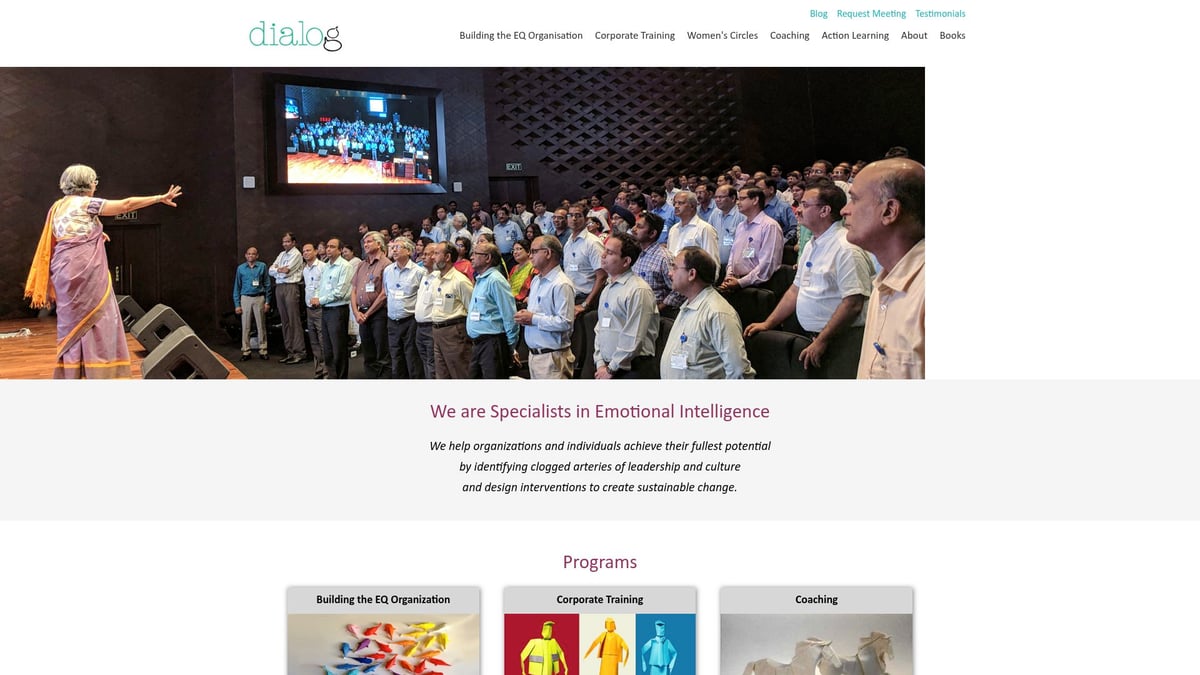
Her practical frameworks and corporate workshops are designed to foster emotional intelligence and drive team performance. Datt’s client list includes numerous top Indian and multinational firms, highlighting her credibility and impact.
Pricing is program-based and reflects the depth of her experience. Pros are her extensive background, strong corporate clientele, and actionable strategies. Cons include selective engagements and a primary focus on leadership development.
Ideal for leaders seeking to enhance their emotional intelligence and team effectiveness, Datt’s coaching delivers lasting results. She stands among the top career coaches in India for those aiming to build resilient, high-performing teams and elevate their leadership skills.
Simerjeet Singh
Simerjeet Singh is an international motivational speaker and coach, widely recognized as one of the top career coaches in India for his dynamic delivery and inspirational impact. Singh’s offerings include keynote sessions, career coaching, and youth mentoring, reaching audiences across India and beyond.
His high-energy, relatable style resonates with students, young professionals, and organizations seeking motivation and clarity. Singh is known for his large-scale events that inspire confidence and drive action, making him a popular choice for early-career guidance.
Pricing is event- and session-based, allowing flexibility for different audience sizes and needs. Pros are his multilingual approach, broad appeal, and ability to energize large groups. Cons involve less personalized attention for one-on-one coaching due to the scale of his engagements.
Singh is ideal for those looking to boost motivation, build confidence, and gain career direction. As one of the top career coaches in India, his influence extends to empowering the next generation of leaders and professionals.
Deepa Kapoor – Career Coach India
Deepa Kapoor is a certified career coach specializing in career planning and job search, solidifying her place among the top career coaches in India. Her services include resume building, interview coaching, and career assessments tailored for freshers, job seekers, and career changers.

Kapoor’s practical, India-focused approach ensures high placement rates and personalized support for clients at every stage of their career journey. Her coaching is delivered through affordable packages, making professional guidance accessible to a wide audience.
Pros are her actionable tools, high success rates, and focus on the unique needs of the Indian job market. Cons include limited offerings for executive-level coaching, as her expertise centers on entry- and mid-level professionals.
Ideal for job search, resume preparation, and career exploration, Kapoor’s coaching empowers clients to navigate the evolving job market with confidence. She stands out among the top career coaches in India for those seeking practical, results-driven support.
Anish Baheti – The Coach Guardian
Anish Baheti is an award-winning coach, psychologist, and speaker, ranking among the top career coaches in India for his holistic and evidence-based approach. Baheti offers life and career coaching, self-discovery workshops, and certified methodologies that cater to professionals, entrepreneurs, and students.
His coaching style emphasizes self-discovery, career direction, and personal growth, leveraging global exposure and psychological insights. Pricing is session-based or via custom packages, allowing flexibility for different needs.
Pros include his well-rounded expertise, approachable demeanor, and focus on holistic development. Cons are that his services may not fully address highly specialized executive needs.
Baheti’s coaching is ideal for professionals at crossroads, those seeking clarity, or anyone navigating major life transitions. As one of the top career coaches in India, he is known for guiding clients towards meaningful, lasting change.
How to Choose the Right Career Coach in India
Selecting from the top career coaches in india can transform your professional journey. The right guidance can unlock new opportunities, build confidence, and accelerate your growth. But how do you make the best choice with so many options available?
Clarify Your Career Goals
Start with a clear understanding of what you want to achieve. Are you aiming for leadership roles, planning a job switch, upskilling, or seeking personal growth? Each of the top career coaches in india offers unique expertise, so matching your goals with the coach’s specialization is key.
For example, if you want to build leadership skills, consider platforms like Noomii Leadership Coaching. They excel at matching professionals with coaches who offer measurable leadership development.
Evaluate Credentials and Coaching Style
Look for coaches with reputable certifications, such as ICF, and a strong track record. Check for industry experience, client testimonials, and case studies. The best top career coaches in india often provide transparent profiles and client success stories.
Consider coaching formats:
- 1:1 coaching: Personalized and deep
- Group coaching: Collaborative, cost-effective
- Digital/blended: Flexible and accessible
Assess which style fits your learning preference. For instance, Don Markland’s Accountability Now offers both individual and group coaching, focusing on accountability frameworks that drive real results.
Compare Pricing, ROI, and Trust Factors
Budget is important, but focus on value, not just cost. Weigh the investment against expected outcomes and long-term ROI. Many top career coaches in india offer tiered packages, free discovery calls, or trial sessions so you can gauge fit without commitment.
Building trust and chemistry is essential. A strong coaching relationship boosts motivation and accountability. Watch for red flags:
- Vague guarantees
- Lack of transparency
- Generic, one-size-fits-all approaches
Take Action: Steps to Get Started
Follow these steps to find your ideal coach:
- Shortlist coaches who align with your goals and values.
- Request discovery sessions to experience their style.
- Ask for references or client testimonials.
- Set clear expectations and outcomes before signing up.
To dive deeper into what makes a great coaching partnership, check out Choosing the Right Coach for expert tips and questions to ask.
Quick Comparison Table
| Criteria | Noomii Leadership Coaching | Don Markland – Accountability Now |
|---|---|---|
| Specialization | Leadership, executive, transitions | Accountability, performance, growth |
| Format | 1:1, group, scalable solutions | 1:1, group, online programs |
| Credentials | Global network, proven diagnostics | Internationally recognized, strong testimonials |
| Ideal For | Executives, HR, organizations | Mid-senior pros, entrepreneurs, leaders |
Choosing among the top career coaches in india is a strategic decision. Take your time, ask questions, and trust your instincts. The right partnership can be the catalyst for your next big career breakthrough.
FAQs: Career Coaching in India for 2025
Navigating the dynamic world of career coaching in India can raise many questions, especially as we move into 2025. Here are the most common FAQs to help you make informed decisions about working with the top career coaches in india.
What is the typical cost of career coaching in India?
The investment for career coaching varies based on the coach’s experience, format, and specialization. Most top career coaches in india offer packages ranging from ₹3,000 to ₹20,000 per session, with discounted rates for bundled programs or group formats. Premium coaches like Don Markland and Noomii may charge higher fees for executive or leadership coaching, reflecting their global experience and proven frameworks.
How long does a coaching engagement last?
A standard coaching engagement with the top career coaches in india typically spans 3 to 6 months. Some professionals prefer shorter, targeted sessions for interview preparation, while leadership or transition programs can extend up to a year. The duration depends on your goals, the complexity of your career path, and the coach’s methodology.
What are the most common outcomes from career coaching?
Clients who work with the top career coaches in india report improved confidence, clearer career direction, stronger leadership skills, and tangible results such as promotions or successful job transitions. Coaches like Don Markland focus on accountability and measurable outcomes, while Noomii’s data-driven approach often leads to sustainable professional growth.
Are online coaching sessions effective?
Absolutely. Online coaching offers flexibility and access to the top career coaches in india regardless of your location. Virtual sessions use video calls, assessments, and interactive tools to create a personalized experience. Many clients have found virtual coaching as impactful as in-person sessions, especially with coaches who have robust digital frameworks.
How do I verify a coach’s credentials?
Always check for recognized certifications such as ICF, relevant industry experience, and strong client testimonials. The best top career coaches in india are transparent about their qualifications and may provide case studies or references. Visiting their websites and LinkedIn profiles can help validate their expertise.
Can career coaching help with international job placements?
Yes, many top career coaches in india have global exposure and can guide you through international job applications, interviews, and cultural nuances. Coaches like Don Markland and Noomii work with clients worldwide, offering strategies for both Indian and global placements.
What trends are shaping the Indian coaching industry in 2025?
The industry is seeing rapid growth, driven by digital transformation, remote work, and increased demand for leadership and executive coaching. Specialized roles are emerging to meet the needs of a fast-changing job market. Explore Executive Coaching Insights for more on these trends and how the top career coaches in india are adapting. According to India’s job market projected to grow 9% in 2025, sectors like IT, BFSI, and retail are fueling demand for skilled professionals and coaching expertise.
Tips for maximizing the benefits of your coaching journey
To get the most from your sessions, set clear goals, stay open to feedback, and maintain regular communication with your coach. Top career coaches in india recommend tracking progress between sessions and leveraging their networks for new opportunities. Always review your progress and adjust your strategy as your career evolves.
